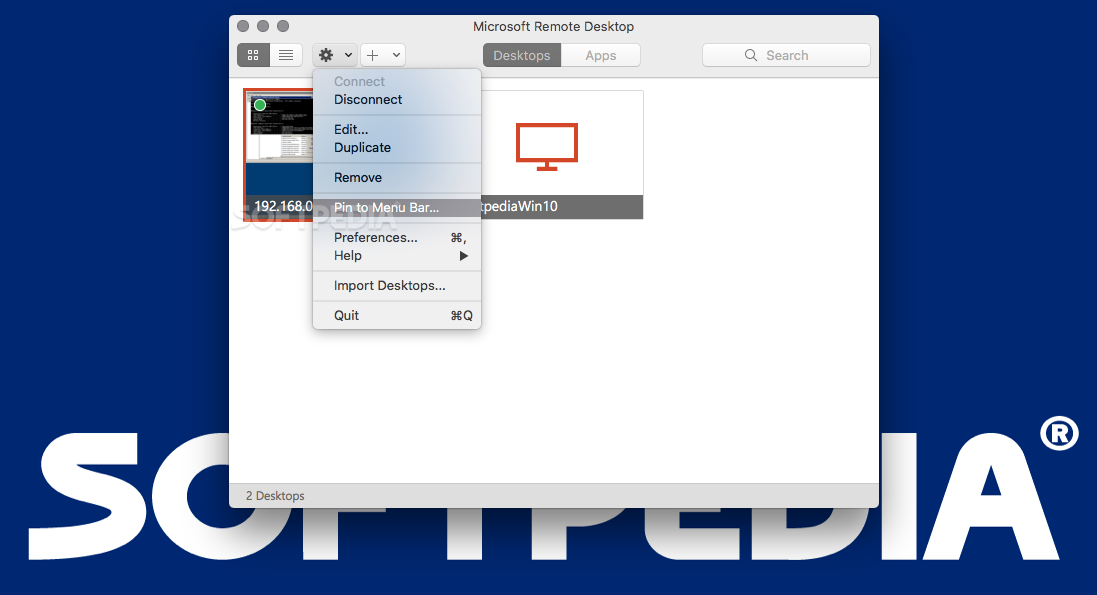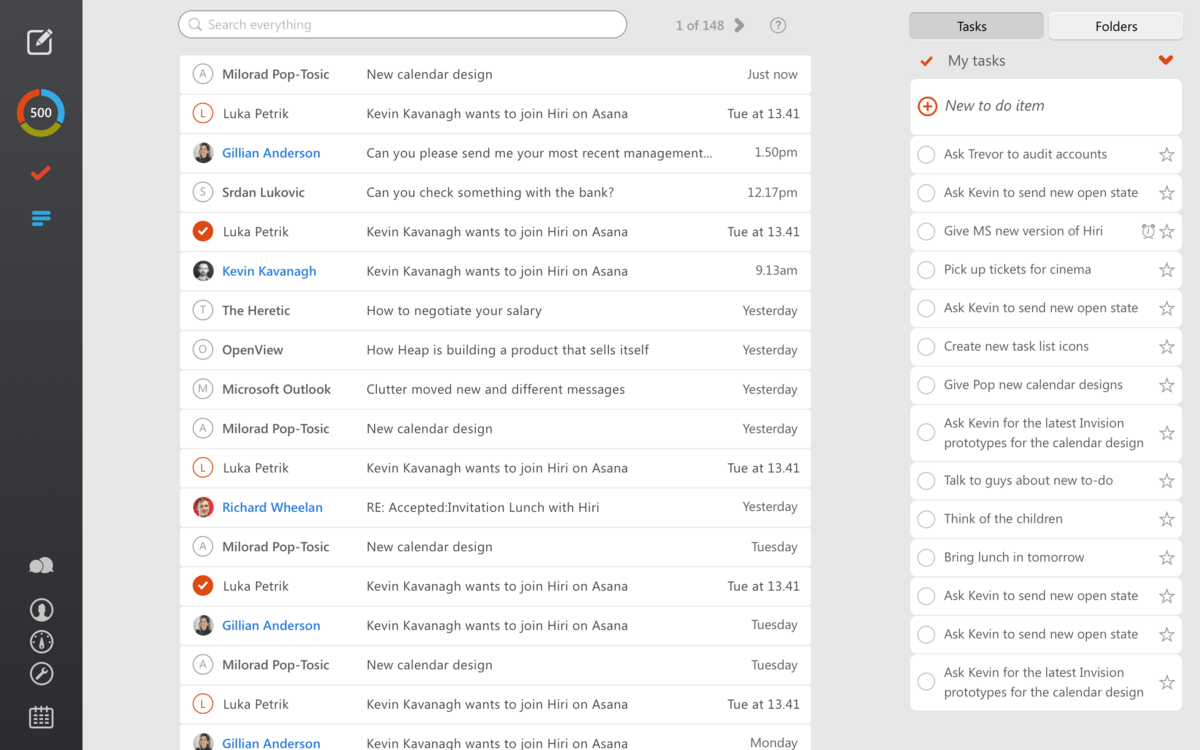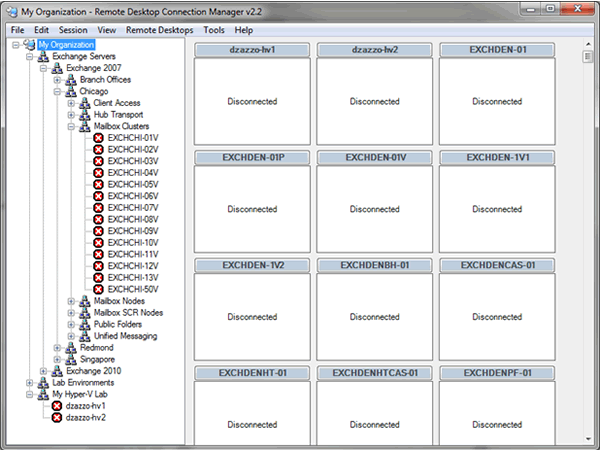- Client For Windows 10
- Microsoft Rdp Client Windows 7
- Remote Desktop 64 Bit
- Remote Desktop Client 64 Bit
- Microsoft Remote Desktop Client Windows 7
- The NSA also reported that it had found a remote desktop vulnerability, CVE-2020-0611, which affects Windows 7 and newer operating systems, for which Microsoft has also issued a patch.
- Microsoft's technology that allows a user to work on a certain computer through the desktop of a different terminal is known as Microsoft Remote Desktop.And that's the name of the application designed for Windows that makes it even easier for any user, offering him everything he needs to carry out remote connections between different computers.
- Remote Desktop client for Windows 7 or Windows 10 stops responding or cannot be opened Starting with version 1.2.790, you can reset the user data from the About page or using a command. Use the following command to remove your user data, restore default settings and unsubscribe from all Workspaces.
Applies to: Windows 10, Windows 8.1, Windows Server 2019, Windows Server 2016, Windows Server 2012 R2
You can control a remote PC by using a Microsoft Remote Desktop client. The client can run on almost any device, including on your mobile smartphone. The client gives you the same powers you would have if you could reach the PC's keyboard. Through the client, you can:
Microsoft 365: Windows Virtual Desktop: WVD Remote desktop client issue for windows 7; WVD Remote desktop client issue for windows 7. In Remote Desktop Connection, type the name of the PC you want to connect to (from Step 1), and then select Connect. On your Windows, Android, or iOS device: Open the Remote Desktop app (available for free from Microsoft Store, Google Play, and the Mac App Store), and add the name of the PC that you want to connect to (from Step 1).
- Operate the apps that are installed on the PC.
- Access the files and network resources of the PC.
- Leave the apps open when you end the client.
Before you start, see the supported configuration article. The article discusses the PC configurations that the Remote Desktop clients can connect to. Also see the client FAQ article.
The following client apps are available:
| Client | Get the app | Documentation | Latest version |
|---|---|---|---|
| Windows Desktop | Windows Desktop client | Get started, What's new | 1.2.1844 |
| Microsoft Store | Windows 10 client in the Microsoft Store | Get started, What's new | 1.2.1810 |
| Android | Android client in Google Play | Get started, What's new | 10.0.10 |
| iOS | iOS client in the App Store | Get started, What's new | 10.2.5 |
| macOS | macOS client in the App Store | Get started, What's new | 10.6.1 |
Configuring the remote PC
To configure your remote PC before accessing it remotely, see Allow access to your PC.
Remote Desktop client URI scheme
You can integrate features of Remote Desktop clients across platforms by enabling a Uniform Resource Identifier (URI) scheme. Learn about the supported URI attributes that you can use with the iOS, Mac, and Android clients.
-->This article describes common issues with the Remote Desktop client and how to fix them.
Remote Desktop client for Windows 7 or Windows 10 stops responding or cannot be opened
Starting with version 1.2.790, you can reset the user data from the About page or using a command.
Use the following command to remove your user data, restore default settings and unsubscribe from all Workspaces.
If you're using an earlier version of the Remote Desktop client, we recommend you uninstall and reinstall the client.

Web client won't open
First, test your internet connection by opening another website in your browser; for example, www.bing.com.
Use nslookup to confirm DNS can resolve the FQDN:


Try connecting with another client, like Remote Desktop client for Windows 7 or Windows 10, and check to see if you can open the web client.
Can't open other websites while connected to the web client
If you can't open other websites while you're connected to the web client, there might be network connection problems or a network outage. We recommend you contact network support.
Nslookup can't resolve the name
If nslookup can't resolve the name, then there might be network connection problems or a network outage. We recommend you contact network support.
Client For Windows 10
Your client can't connect but other clients on your network can connect
If your browser starts acting up or stops working while you're using the web client, follow these instructions to troubleshoot it:
- Restart the browser.
- Clear browser cookies. See How to delete cookie files in Internet Explorer.
- Clear browser cache. See clear browser cache for your browser.
- Open browser in Private mode.

Client doesn't show my resources
First, check the Azure Active Directory account you're using. If you've already signed in with a different Azure Active Directory account than the one you want to use for Windows Virtual Desktop, you should either sign out or use a private browser window.
If you're using Windows Virtual Desktop (classic), use the web client link in this article to connect to your resources.
Microsoft Rdp Client Windows 7
If that doesn't work, make sure your app group is associated with a workspace.
Web client stops responding or disconnects
Try connecting using another browser or client.
Other browsers and clients also malfunction or fail to open
If issues continue even after you've switched browsers, the problem may not be with your browser, but with your network. We recommend you contact network support.
Web client keeps prompting for credentials
If the Web client keeps prompting for credentials, follow these instructions:
- Confirm the web client URL is correct.
- Confirm that the credentials you're using are for the Windows Virtual Desktop environment tied to the URL.
- Clear browser cookies. For more information, see How to delete cookie files in Internet Explorer.
- Clear browser cache. For more information, see Clear browser cache for your browser.
- Open your browser in Private mode.
Windows client blocks Windows Virtual Desktop (classic) feed
If the Windows client feed won't show Windows Virtual Desktop (classic) apps, follow these instructions:
- Check if the Conditional Access policy includes the app IDs associated with Windows Virtual Desktop (classic).
- Check if the Conditional Access policy blocks all access except Windows Virtual Desktop (classic) app IDs. If so, you'll need to add the app ID 9cdead84-a844-4324-93f2-b2e6bb768d07 to the policy to allow the client to discover the feeds.
Remote Desktop 64 Bit
If you can't find the app ID 9cdead84-a844-4324-93f2-b2e6bb768d07 in the list, you'll need to register the Windows Virtual Desktop resource provider. To register the resource provider:
- Sign in to the Azure portal.
- Go to Subscription, then select your subscription.
- In the menu on the left side of the page, select Resource provider.
- Find and select Microsoft.DesktopVirtualization, then select Re-register.
Remote Desktop Client 64 Bit
Next steps
Microsoft Remote Desktop Client Windows 7
- For an overview on troubleshooting Windows Virtual Desktop and the escalation tracks, see Troubleshooting overview, feedback, and support.
- To troubleshoot issues while creating a Windows Virtual Desktop environment and host pool in a Windows Virtual Desktop environment, see Environment and host pool creation.
- To troubleshoot issues while configuring a virtual machine (VM) in Windows Virtual Desktop, see Session host virtual machine configuration.
- To troubleshoot issues related to the Windows Virtual Desktop agent or session connectivity, see Troubleshoot common Windows Virtual Desktop Agent issues.
- To troubleshoot issues when using PowerShell with Windows Virtual Desktop, see Windows Virtual Desktop PowerShell.
- To go through a troubleshoot tutorial, see Tutorial: Troubleshoot Resource Manager template deployments.
